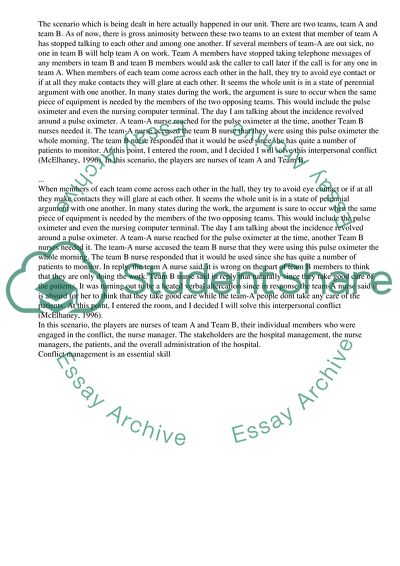Cite this document
(“Identification of a Scenario and of Leadership/Management Skills Essay”, n.d.)
Identification of a Scenario and of Leadership/Management Skills Essay. Retrieved from https://studentshare.org/management/1511951-interpersonal-conflict-management-in-nursing
Identification of a Scenario and of Leadership/Management Skills Essay. Retrieved from https://studentshare.org/management/1511951-interpersonal-conflict-management-in-nursing
(Identification of a Scenario and of Leadership/Management Skills Essay)
Identification of a Scenario and of Leadership/Management Skills Essay. https://studentshare.org/management/1511951-interpersonal-conflict-management-in-nursing.
Identification of a Scenario and of Leadership/Management Skills Essay. https://studentshare.org/management/1511951-interpersonal-conflict-management-in-nursing.
“Identification of a Scenario and of Leadership/Management Skills Essay”, n.d. https://studentshare.org/management/1511951-interpersonal-conflict-management-in-nursing.


